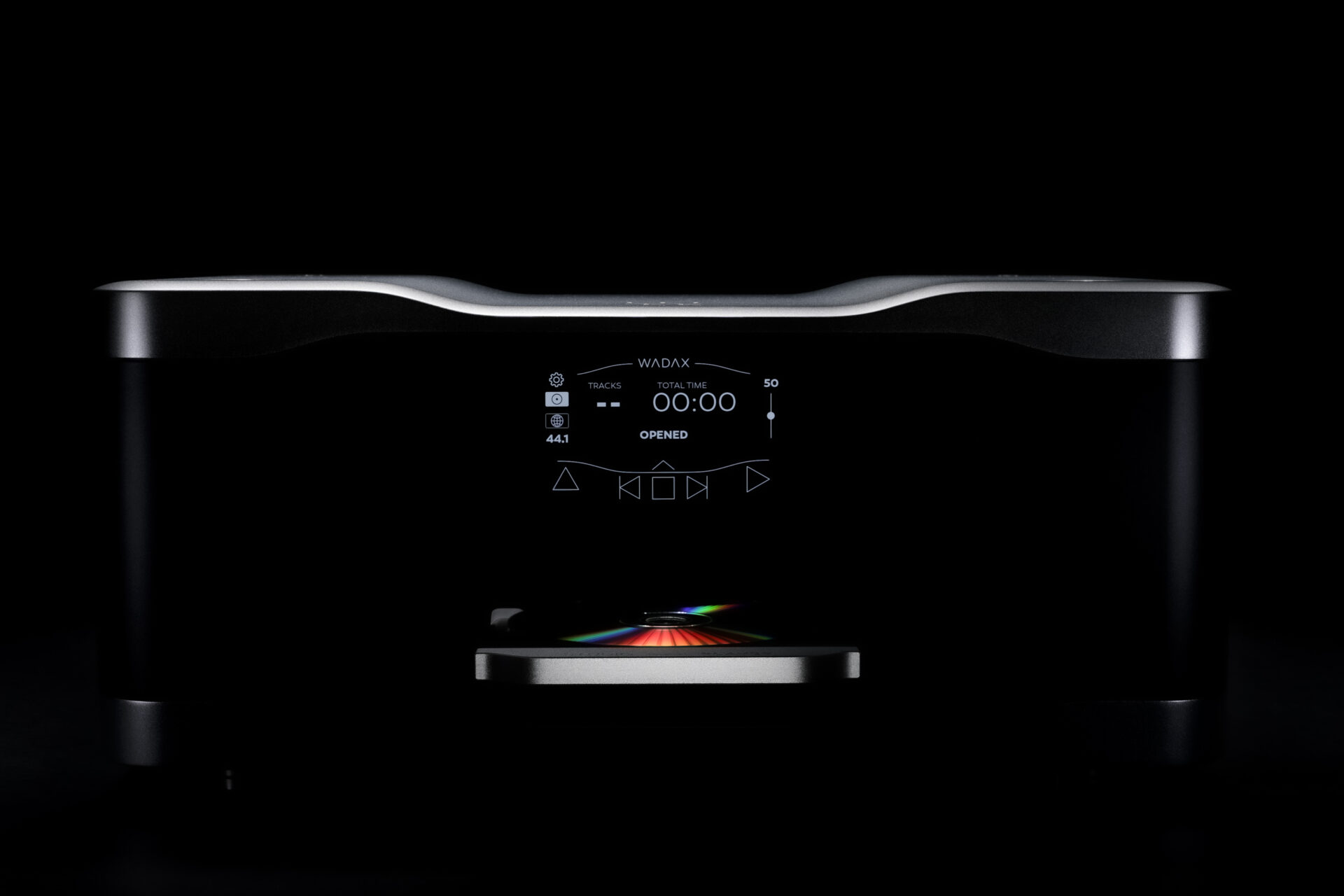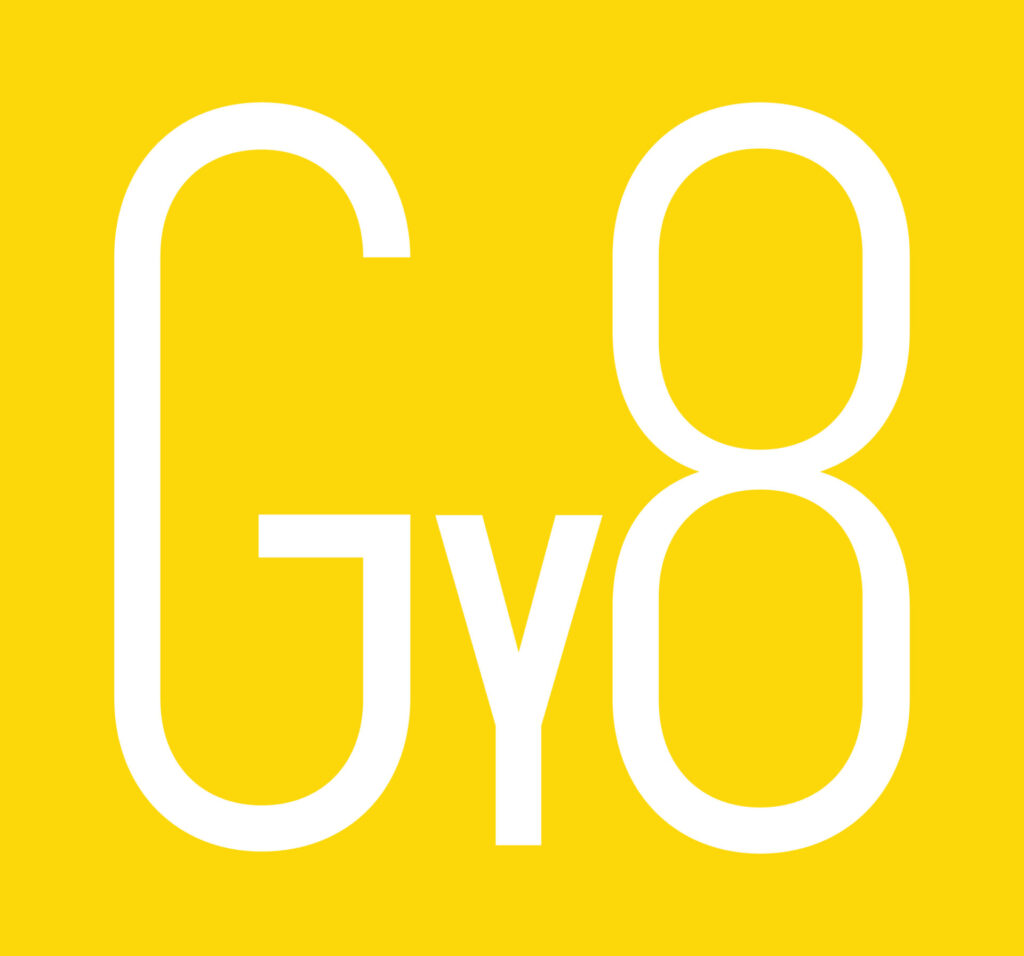The line-stage is at once, one of the most critical components in a high-end system, one of the most over-looked and one of the hardest to design. The result of this situation is that there are fewer world-class line-stages than any other category of component – and a whole lot of miserably inadequate ones. It’s this situation that has allowed the digital dogma of variable output DACs to persist. A well-engineered variable output, or even a passive control unit, can certainly hold its own against a poorly executed line-stage, making up in terms of resolution and transparency what it loses in terms of temporal security and dynamic range. Throw in the cost of a really good line-stage and it’s easy to see how end-users can convince themselves that variable output is a viable solution. So much so that both the CH C1.2 and the Grimm MU2 offer an analogue input capability, further marginalising the line-stage requirement. Which is all fine except for one thing: CH Precision also manufacture the L1 and L10 line-stages, products that post-date the original C1, the product that established the platform’s topology. The conclusion is inescapable: the C1 wasn’t doing a good enough job, mandating the need for a proper analogue line-stage. That despite the fact that the C1.2 works considerably better as a system controller than the various other offerings I’ve heard, those from some of the approach’s most vocal advocates. To further underline that conclusion, the new C10 has dispensed with variable output altogether. A real high-end system needs a proper line-stage and you are kidding yourself (and limiting your system’s performance) if you think otherwise.
So where does that leave the variable output facility on the Wadax? In a digital-only rig, it’s theoretically possible to use the Studio Player as a system controller. Indeed, that’s exactly the way that Wadax launched the Player in Munich. But does it make sense and, if so, in what context?
I started by comparing the performance of the Studio Player, directly connected to the A1.5 amplifier as opposed to playing it with full-output, via the L1 line-stage. For material, I chose discs that I had both on SACD and as locally stored DSD files: the Benedetti Michelangeli/Beethoven First Piano Concerto, Kurt Masur and the LPO playing Shostakovich’s First and Fifth Symphonies and Cannonball Adderley – Somethin’ Else. Although most network replay solutions offer volume control optio, the studio Player gives users the choice of the sliding scale in the touch-screen – an option that requires a little care at first but that you soon get used to – or volume control on the slim remote handset that also allows direct access for disc replay.

Running the discs in the Studio Player, the result really was no contest, even with the Player’s ability to adjust and tune the output impedence (8.3Ω for the L1, 0Ω for the A1.5). Removing the line-stage from the equation robbed the presentation of transparency, focus and immediacy, the music of shape, rhythm and spatial and temporal organisation. The overall picture was softened, and loosened. Cannonball and the boys got lazy, the LPO lost its sense of ensemble, Arturo got plonky and pedantic, losing the delicacy and poise that makes his playing so extraordinary.

